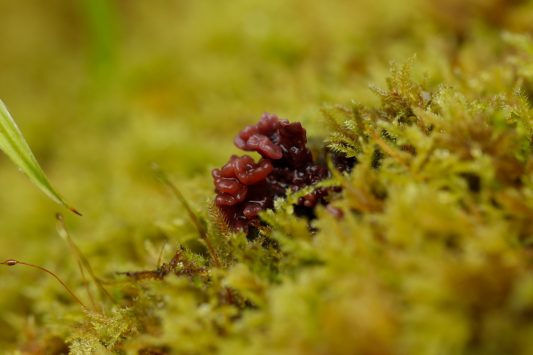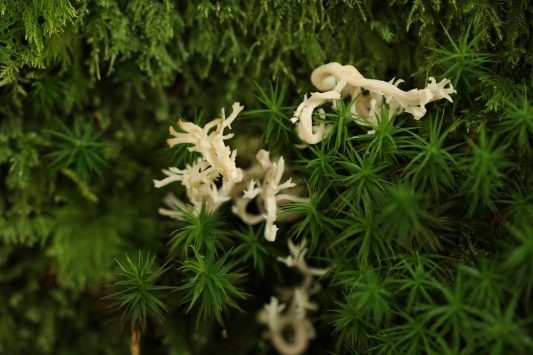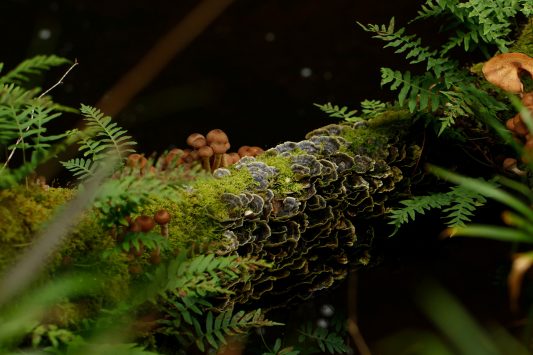Description
Location: Wicklow ,Devils Glen
Note: Found under Beech nurse log fallen over the river .
Wildlife relationships: found in damp woodland often with sphagnum moss.
I photographed this mushroom in the Devils glen on the most beautiful Beech nurse log. It was surrounded by up 7 other species of fungi. A mist of fresh spray from the Devil’s Glen waterfall travelled through the air and the the large nurse beech log traversing the river supported so much rich wildlife and mycelium and mycorrhizal networks. Moss was the bed in which these species were all cushioned in.
The habitat was soo specific for all these fungi , no disturbance, full light, constant water exposure in the air, and dense moss cover on nurse log of beech surrounded by other fungi allowed to decay slowly.
Some individual Armillaria ostoyae, a species of fungus that is widely distributed in coniferous forests of the northwestern, interior south-western, north-central, and north-eastern U.S.A. (Hanna et al. 2007), may be the largest living organisms yet documented–at least as measured in hectares. The above-ground spore-producing portions of many species of fungi are referred to as “mushrooms”. However, these same fungi also have an extensive, expanding, mostly underground network of threadlike structures, or hyphae (collectively known as mycelia), which serve to locate, break down, and absorb food. In 1992, Myron Smith and colleagues published a paper in which they reported on their work with a mushroom-producing fungus known as Armillaria bulbosa (now known as A. gallica) in the Upper Peninsula of Michigan (U.S.A.). Smith et al. used mating experiments and genetic analysis to distinguish and map distinct clones over a large area and found one clone that had spread over 15 hectares (37 acres), a truly “humongous fungus” as it became known in the popular press (see account at Tom Volk’s Fungi). Subsequently, at least two clones of the related species Armillaria ostoyae were found that appear to be even larger: a 600 hectare (nearly 1500 acre) clone in southwestern Washington State (U.S.A.) and a 965 hectare (nearly 2400 acre) clone in the Blue Mountains of northeastern Oregon (U.S.A.) (Ferguson et al. 2002). Not surprisingly, such large clones are believed to be very old as well as large, probably thousands of years old.
for further info. https://species.nbnatlas.org/species/NBNSYS0000037776
https://www.first-nature.com/fungi/armillaria-mellea.php








